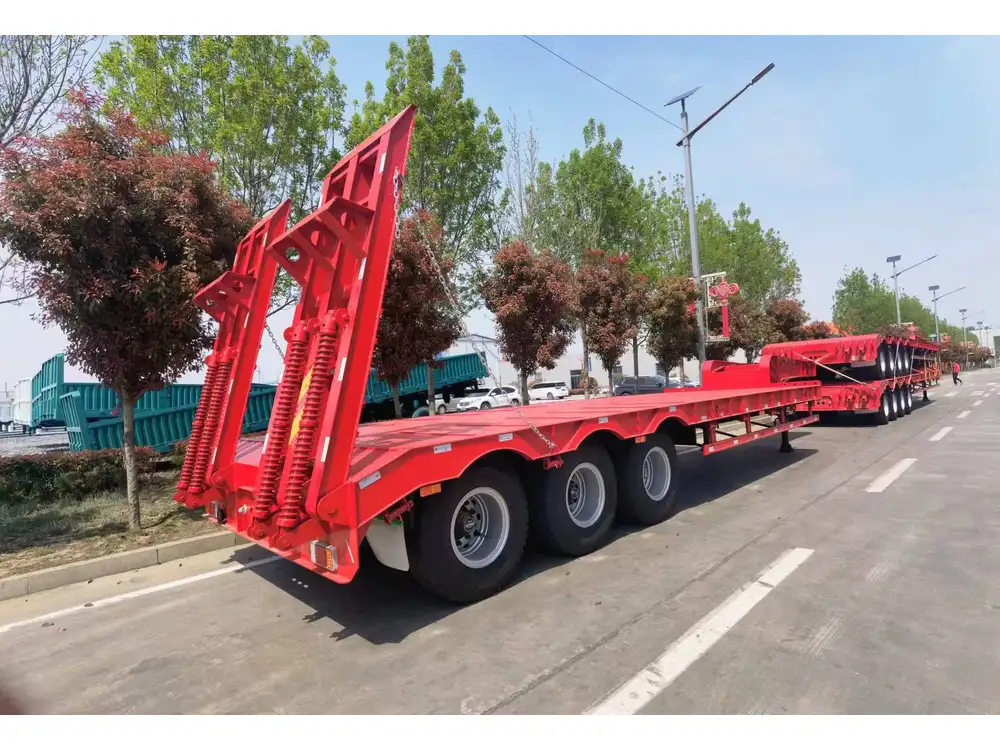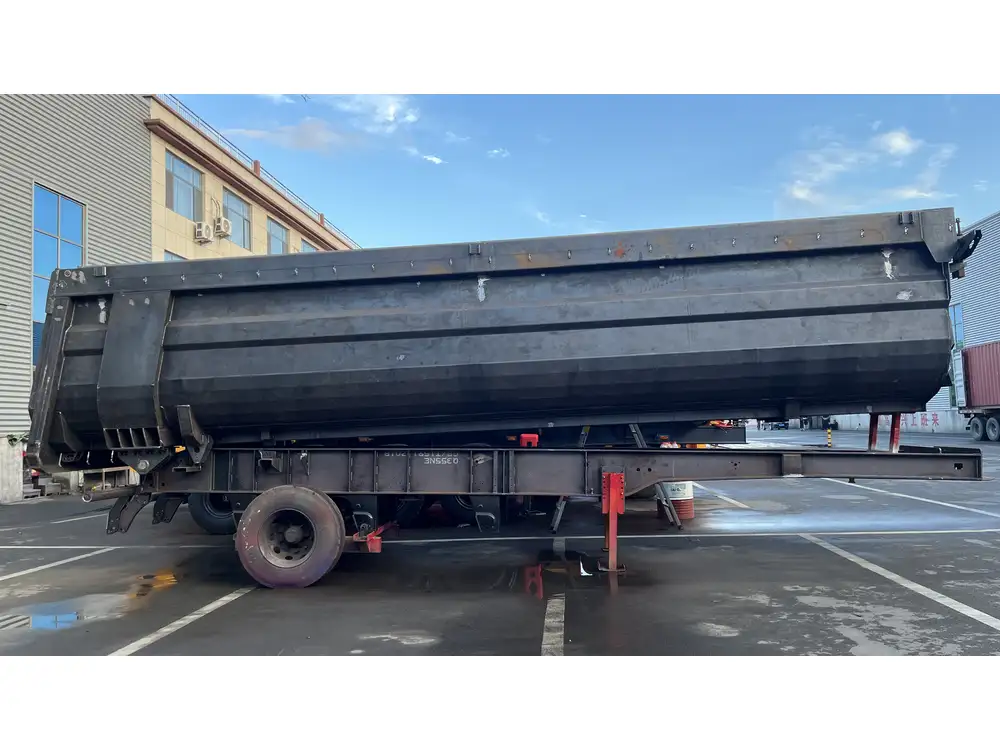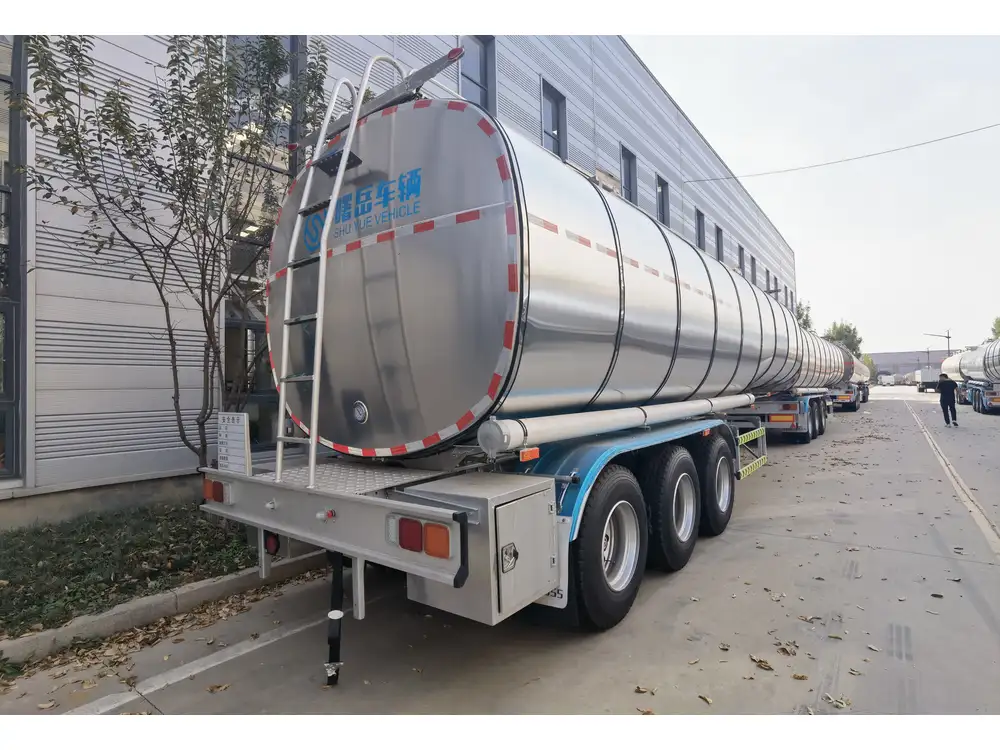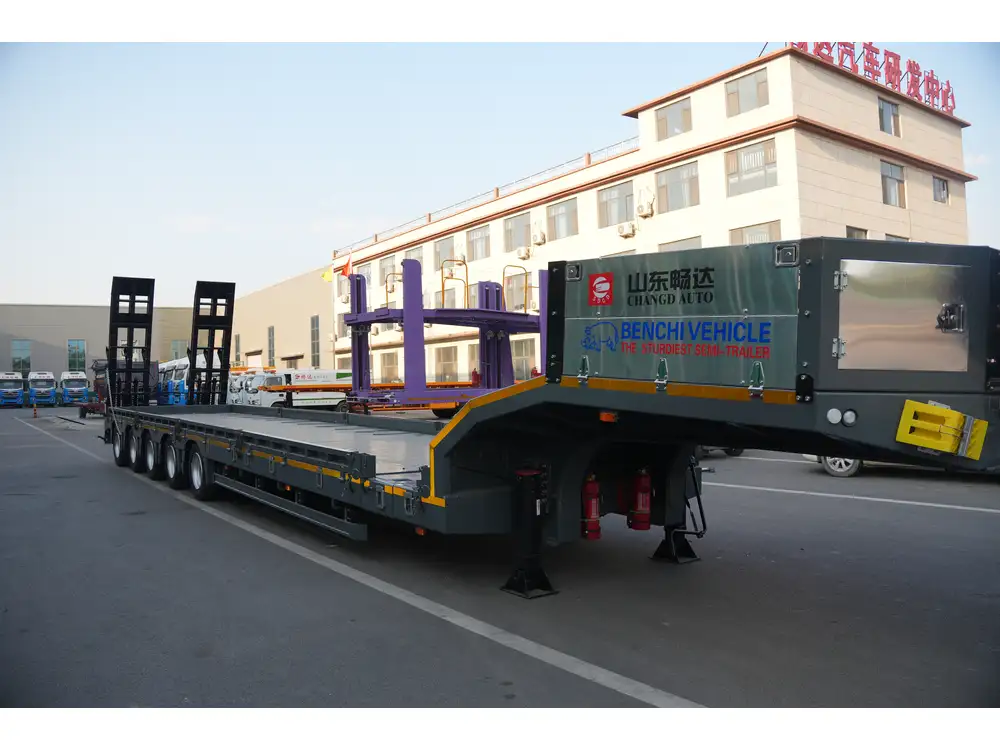When contemplating the dimensions of a semi-truck with a trailer, several factors come into play. From regulations to practical usage in logistics and transportation, understanding how long these vehicles actually are can influence route planning, parking strategies, and compliance with road laws. Here, we delve into the intricacies of semi-truck lengths, providing valuable insights that cater to both novices and seasoned transport professionals.
A. Overview of Semi Truck Dimensions
1. Fundamental Lengths
Semi-trucks or tractor-trailers typically consist of two main components:
- The Truck (Tractor): The front part where the driver sits, equipped with an engine and cab.
- The Trailer: The cargo area that is hitched to the tractor.
The combined length, or overall length of the semi-truck with the trailer, is crucial in regulating road usage and affects maneuverability and safety.

2. Standard Measurements
Generally, the length of a semi-truck can vary widely, typically ranging from 48 to 80 feet when the trailer is attached. Here’s a breakdown:
| Component | Approximate Length (Feet) |
|---|---|
| Tractor (Truck) | 15 – 25 |
| Standard Trailer | 48 – 53 |
| Container Trailer | 20, 40, or 45 |
| Total Length Range | 48 – 80 |
The truck’s length can depend on the configuration and type of cargo the trailer is designed to carry.
B. Legal Considerations Across Regions
1. U.S. Regulations
In the United States, the Federal Highway Administration (FHWA) sets guidelines that govern the maximum length of trucks on interstate highways:
- Single Trailers: Typically no more than 53 feet.
- Double Trailers: Can reach up to 28.5 feet each, leading to a total length of approximately 65.5 feet.
- Triple Trailers: Can extend up to 75 feet.
Furthermore, state regulations may impose additional restrictions that truck operators need to adhere to, often varying from state to state.

2. International Standards
From a global perspective, the dimensions can vary significantly. Here are some average lengths for international models:
- European Standards: Many EU countries allow for truck-trailer combinations measuring up to 18.75 meters (approximately 61.7 feet).
- Australian Regulations: A semi-trailer truck can legally measure up to 19 meters in length (about 62.3 feet).
Such variations necessitate careful consideration, especially for companies engaged in cross-border logistics.
C. Calculating Overall Length of Specific Configurations
1. Conventional Configurations
The most commonly seen configurations include the following:
- Standard Semis: The classic 5th wheel tractor coupled with a 53-foot trailer, totaling about 68 feet.
- Flatbed Trailers: Often longer, these can extend to 48 feet but with added accessories could reach 65 feet.

2. Specialized Trailers
Certain industries utilize specialized trailers, affecting overall length. For instance:
| Trailer Type | Typical Length (Feet) | Use Cases |
|---|---|---|
| Reefer Trailers | 48 – 53 | Perishable goods |
| Lowboy Trailers | 30 – 40 | Heavy machinery and equipment |
| Extended Length Trailers | 60 – 80 | Long loads like logs or pipes |
The specialized configurations serve unique industry needs while significantly influencing their road footprint.
D. Practical Implications of Length
1. Logistics and Route Planning
Understanding the length enables logistical planners to determine:
- Route Feasibility: Certain roads have restrictions for vehicles exceeding specific lengths.
- Loading Dock Suitability: Longer trailers might not fit into restricted spaces at delivery points, impacting efficiency.

2. Maneuverability Challenges
Longer combinations may face substantial challenges with turning radii, parking, and navigating urban environments. Awareness of these challenges is crucial for drivers.
- Turning Radius: As a rule of thumb, larger trucks require more space to maneuver. It is often necessary to account for additional road space when making turns.
- Parking Constraints: Urban areas with limited parking options often impose challenges for larger vehicles.
E. Enhancing Road Safety
1. Awareness and Training
Training for drivers regarding the dimensions of their vehicle is paramount. A deeper understanding of how length impacts visibility and the truck’s blind spots can reduce accidents.

2. Compliance with Laws
Ensuring compliance with federal and state regulations enhances safety for everyone on the road. Fleet operators must maintain:
- Weight Distribution: Keeping within legal weight limits while considering the overall length ensures safe transport.
- Pre-trip Inspections: Conducting thorough inspections to ensure all lengths and widths conform to regulations helps preempt issues that may arise.
3. Use of Technology
Utilizing GPS and routing software designed for trucking companies can significantly aid compliance with length regulations while optimizing routes for safety and efficiency.
F. Common Questions Answered

1. How does the weight of the cargo affect the length regulations?
While length is primarily determined by the trailer size, it’s important to consider that the weight of the cargo itself can affect load distribution. Heavier loads may require specific routing to avoid restrictions on certain roads.
2. Can the combination of truck and trailer types influence the length I need to comply with?
Absolutely. Using different types of trailers such as flatbeds, lowboys, or containers will influence the total length. Companies need to standardize their equipment based on how often they carry specific loads.
3. What happens if I exceed the length limits?
Exceeding legal length limits can result in hefty fines, increased vulnerability to accidents, and unsafe road conditions. It’s critical to remain vigilant about adhering to local regulations.

G. Conclusion
Understanding the length dimensions of semi-trucks with trailers is essential for safe and efficient transportation. As diverse uses and configurations influence overall length, it is crucial for trucking companies and operators to stay well-informed about legal standards. The dimensions not only determine compliance but also impact the feasibility of routes, the efficiency of logistics, and the safety of road operations.
When planning transport logistics or choosing equipment, always consider the implications that length brings to your operations. Knowledge is power; leverage it to ensure you’re not only compliant but also optimizing every potential aspect of your logistics chain.
H. Further Reading and Resources
- Federal Highway Administration (FHWA) – Truck Size and Weight Regulations
- American Trucking Association (ATA) – Safety Reports and Best Practices
- National Highway Traffic Safety Administration (NHTSA) – Guidelines on Commercial Vehicles
Equipped with this information, we empower transport businesses to embark on their journeys informed, compliant, and prepared for the roads ahead.



